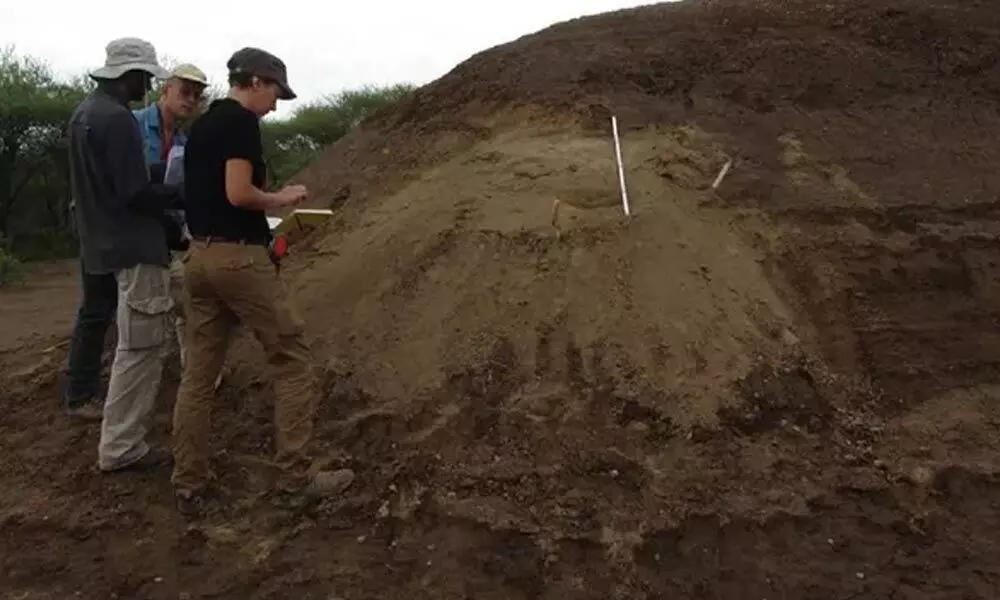New Research Reveals That The Oldest Human Remains Discovered In Ethiopia Dates Back Around 2,30,000 Years

New Research Reveals That The Oldest Human Remains Discovered In Ethiopia Dates Back Around 2,30,000 Years
- ancient human bones discovered in Ethiopia could be as old as 2,30,000 years.
- The term 'Omo I' is given to the fossils.
According to researchers, ancient human bones discovered in Ethiopia could be as old as 2,30,000 years. The term 'Omo I' is given to the fossils. The remains are one of the oldest examples of Homo sapiens fossils, having been found in the late 1960s. Previous research has dated them to be less than 2,000 years old.
However, as per the new study from the University of Cambridge, the fossils likely predate a huge volcanic explosion in the region that occurred 2,30,000 years ago. The scientists used the chemical fingerprints of volcanic ash layers located above and under the sediment where the fossils were unearthed to date the layers.
The experts stayed that the study is beyond the estimated arena. As a result of the new results, the minimum age of Homo sapiens in eastern Africa has been pushed back by 30,000 years. Furthermore, additional research in the future may be able to extend the age even further. Archaeologists reported the discovery of the world's oldest Homo sapiens remains in 2017. It was a 3,00,000-year-old skull discovered in Morocco's Jebel Irhoud. Scientists have been attempting to date the earliest fossils in eastern Africa for years.
In southwestern Ethiopia, the Omo I remains were discovered in the Omo Kibish Formation. There is a lot of volcanic activities in this area. It's also a great place to look for early human artefacts.
Dr Celine Vidal from Cambridge's Department of Geography stated that considering these approaches, the Omo fossils are thought to be under 200,000 years old, but there has been a lot of debate over this dating. He explained that the fossils were discovered in a series beneath a thick layer of volcanic ash that no one has been able to date because the ash is so fine-grained.







